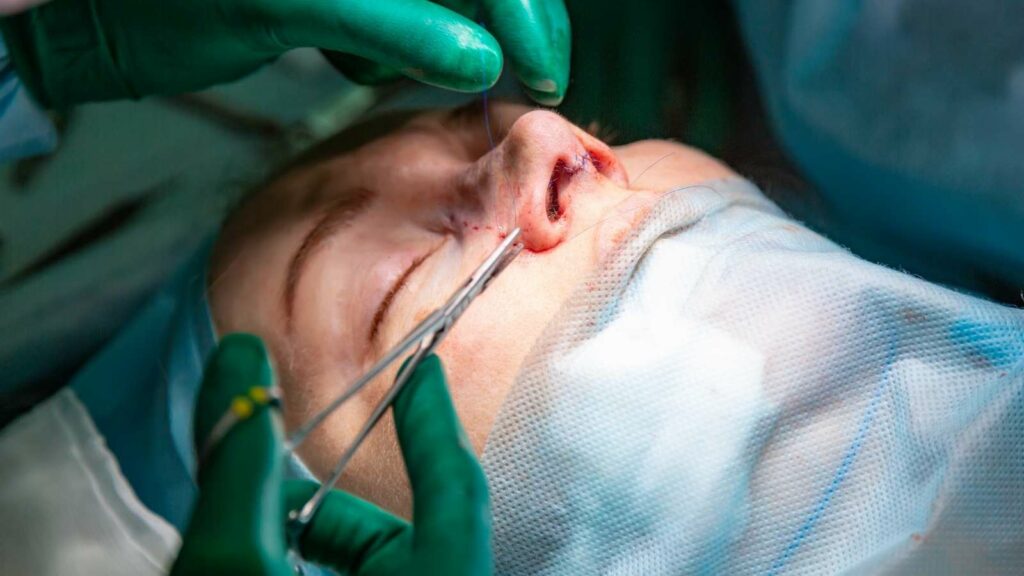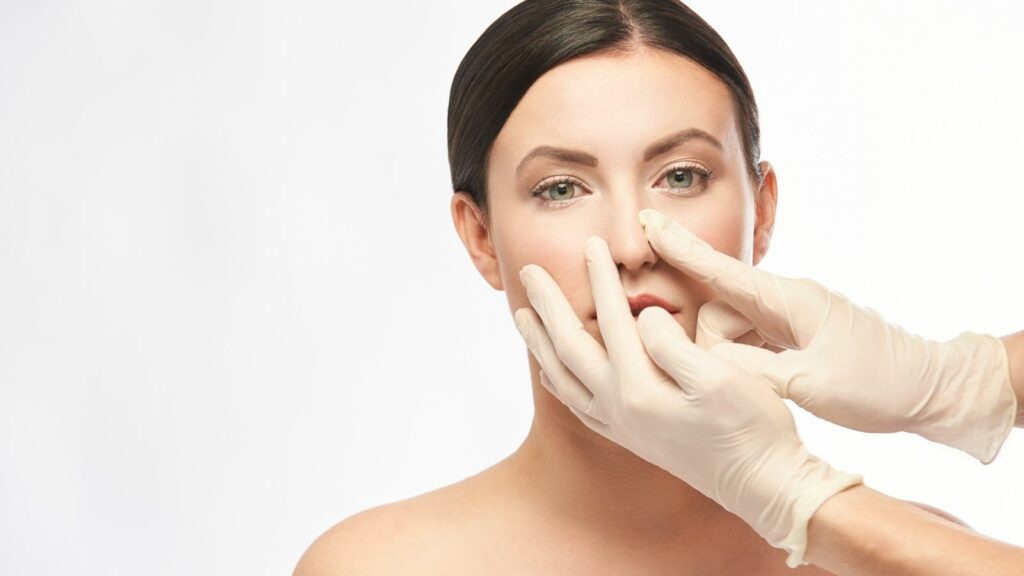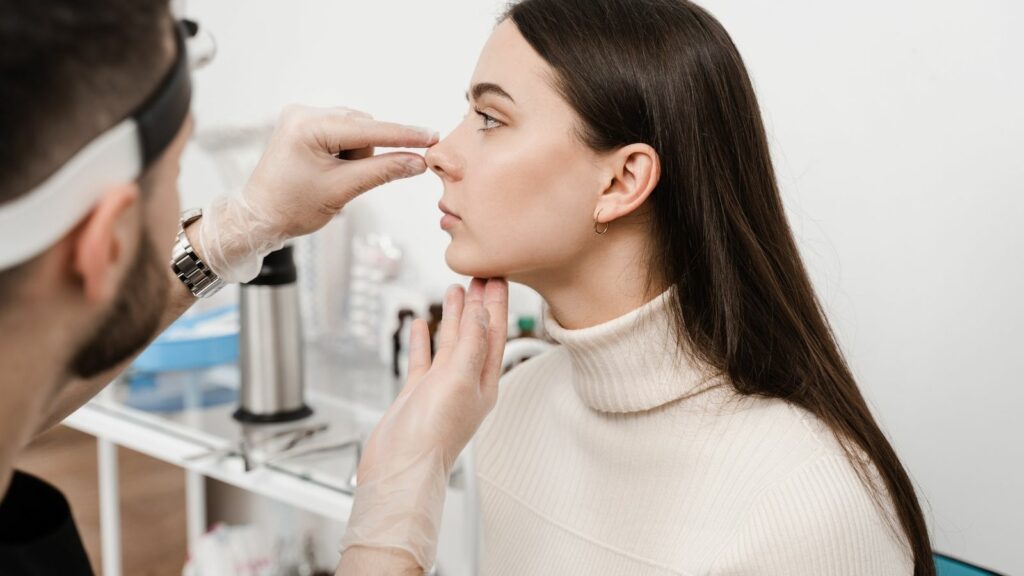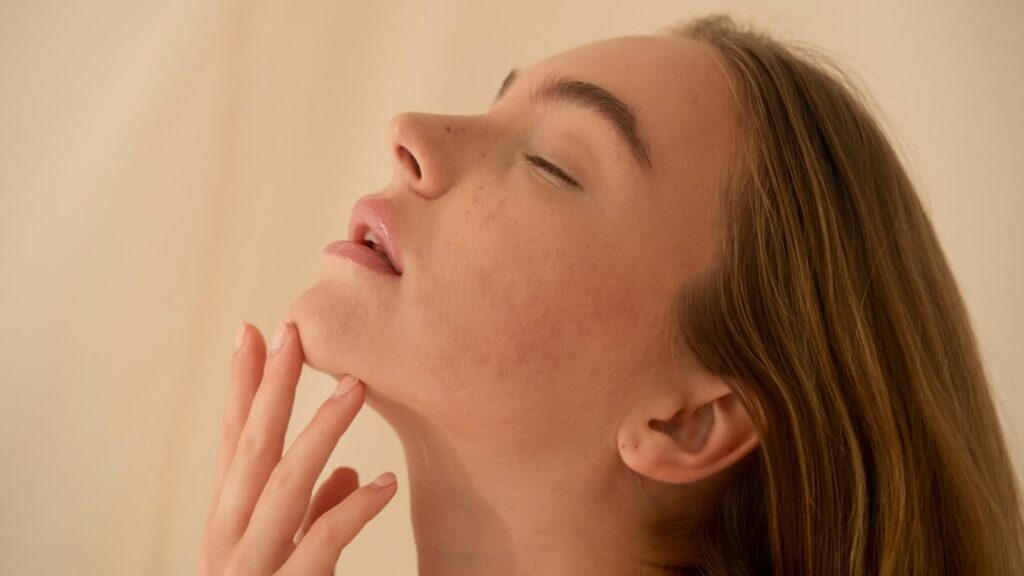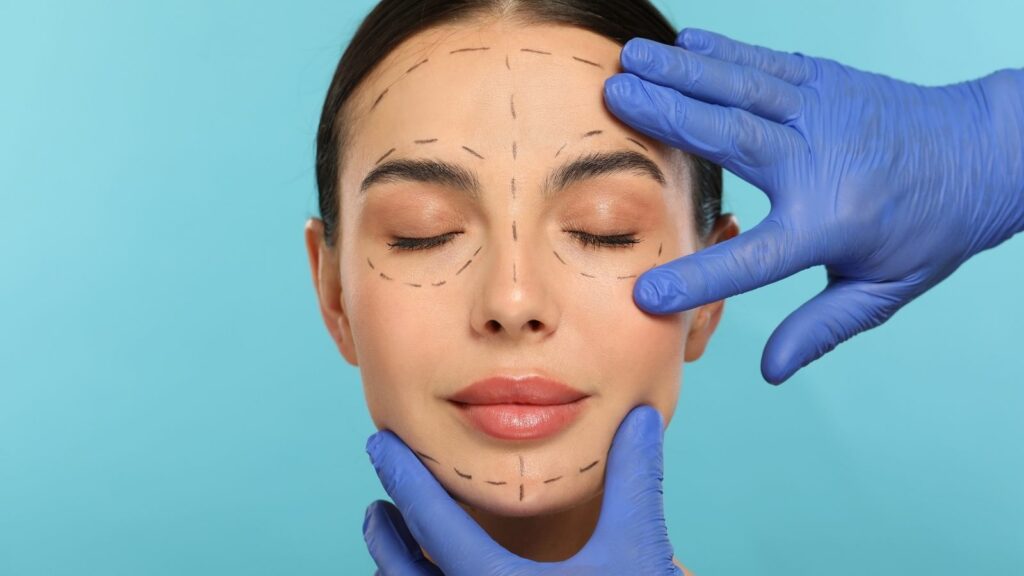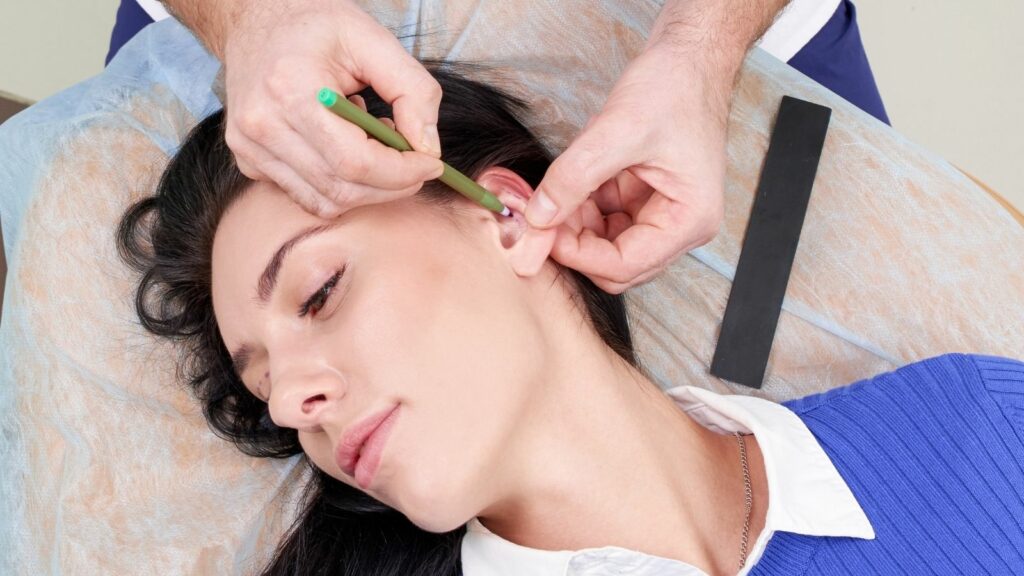Open rhinoplasty in Turkey is a surgical procedure where a small incision is made across the columella, allowing full access to nasal structures. It is preferred for complex cases requiring detailed reshaping, grafting, or correction of severe functional and cosmetic issues.
Open rhinoplasty cost in Turkey usually ranges between 5,000 and 7,000 euros, depending on the surgeon’s expertise, clinic standards, and surgery complexity. Medical packages often include anesthesia, hospitalization, follow-up care, and accommodation for international patients.
Best open rhinoplasty surgeons in Turkey are highly skilled in handling challenging nasal anatomies. They use advanced techniques to refine the nasal bridge, tip, and septum, ensuring precise corrections while maintaining natural appearance and functional stability.
Open rhinoplasty before and after results in Turkey highlight improvements in nasal symmetry, breathing function, and overall facial harmony. Patients report high satisfaction rates due to modern facilities, affordable pricing, and personalized surgical approaches.
What Is Open Rhinoplasty?
Open rhinoplasty is a surgical technique used to reshape the nose by making a small incision on the columella—the tissue between the nostrils—allowing the surgeon full visibility and access to the nasal structure. This method is often chosen for complex cases or revisions, as it provides greater precision. Although it may leave a minimal scar, it typically heals well and is barely noticeable over time.
The surgery process consists of planned and precise steps:
- Administration of anesthesia
- Incision on the columella
- Exposure of the nasal skeleton
- Removal of the hump and shaping of the bones
- Reconstruction of the cartilage
- Correction of functional problems
- Closure of incisions
- Placement of splint and bandages
The most critical step among these is exposing the nasal skeleton. At this stage, the surgeon can see all anatomical details in their natural position, without any distortion. Especially when working on complex nasal structures, asymmetries, or sensitive areas such as the nasal tip, this clear view is the key to achieving a perfect result with millimetric calculations. After reshaping is complete, the nasal skin is repositioned over the new skeleton, and the small incision is closed with aesthetic sutures.
What Are the Differences Between Open Rhinoplasty and the Closed Technique?
One of the most frequently asked questions is about the differences between the open and closed techniques. There is no absolute superiority of one approach over the other; each has its unique advantages and indications. The decision is made entirely based on the patient’s nasal anatomy, expectations, and the surgeon’s preferred method for that particular case.
The main distinguishing points between the two techniques are:
- Location of the incision
- Field of view
- Precision and control
- Duration of surgery
- Speed of recovery
- Potential for scarring
- Indications for application
The main difference, as their names suggest, is the location of the incision. In the closed technique, all incisions are inside the nostrils, resulting in no visible scars. In the open technique, an additional incision is made on the columella between the nostrils, which gives the surgeon an unobstructed frontal view of the inner structures of the nose. This is particularly advantageous in challenging cases, such as placing cartilage grafts or correcting severe deviations, providing the surgeon with great control and precision.
Since the closed technique usually causes less tissue trauma, postoperative swelling and bruising may be somewhat less, and recovery can be a bit faster. However, in complex or unpredictable anatomy, achieving the desired result may be more challenging due to the limited field of view. The small scar risk associated with the open technique is, for many complex cases, a worthwhile tradeoff given its unparalleled control and predictability.
Who Is a Good Candidate for Open Rhinoplasty?
The success of a rhinoplasty operation depends not only on the surgeon’s skill but also on whether the patient is an appropriate candidate. This is not only about physical suitability but also about psychological readiness.
Some key features sought in candidates for open rhinoplasty are:
- Completed facial development
- Good general health
- Non-smoker
- Realistic expectations
- Psychological stability
Completion of facial and bone development is usually required—typically after age 16 for girls, and 17-18 for boys. Chronic diseases or bleeding disorders must be shared with the doctor before surgery. Smoking significantly impairs tissue healing, so quitting at least a month prior to surgery and remaining smoke-free during recovery is crucial.
One of the most important criteria is having realistic expectations. Rhinoplasty can improve your appearance and boost your confidence, but it is not expected to solve all life problems. The goal of the surgery is to achieve a natural and more aesthetic nose that harmonizes with your face; making a copy of someone else’s nose is neither possible nor desirable.
In Which Special Situations Is Open Rhinoplasty Preferable?
Although simpler rhinoplasty procedures can be successfully performed with the closed technique, the advantages offered by the open approach make it indispensable in some complex situations. These include:
- Revision rhinoplasty (previously operated noses)
- Significant nasal deviations
- Severe asymmetries
- Post-traumatic deformities
- Congenital anomalies (such as cleft lip nose)
- Extensive nasal tip surgery
- Need for multiple cartilage grafts (support)
In noses that have undergone one or more previous operations (revision cases), normal anatomy is often distorted and replaced by scar tissue. In such cases, the open technique allows the surgeon to assess the current situation clearly and perform precise repairs. Similarly, for significant “S” or “C”-shaped deviations, post-traumatic collapses, or situations requiring nasal tip reconstruction, the control and precision provided by the open technique are essential for a successful and lasting result.
What Is the Purpose of Cartilage Grafts Used in Open Rhinoplasty?
The modern philosophy of rhinoplasty is not only focused on reducing the nose, but also aims to create a strong and functional skeletal structure that will maintain its form for many years. This is where “cartilage grafts”—usually taken from the patient’s own body—come into play. These are most often harvested from the septal cartilage inside the nose, the ear, or in rare cases from the rib.
The main cartilage supports we use to keep the nose aesthetically and functionally sound for years include:
- Spreader grafts
- Columellar strut
- Shield graft
- Alar batten grafts
- Rim grafts
Spreader grafts are placed on the side walls of the nasal dorsum to prevent collapse and widen the airway, facilitating breathing. The columellar strut acts as a main pillar supporting the nasal tip, preventing tip droop and maintaining the desired projection. Tip grafts like shield grafts give the nasal tip more definition and refinement. Alar batten and rim grafts are especially important to prevent inward collapse of the nasal alae during deep inspiration.
What Is the Recovery Process Like After Open Rhinoplasty?
The recovery process after surgery requires patience and care. Although healing rates differ from person to person, a general timeline is usually followed.
During the first week, you can expect:
- A splint on the nose
- Swelling around the eyes and cheeks
- Bruising
- Mild pain and pressure sensation
- Nasal congestion
This is the most challenging but fastest progressing phase of recovery. Usually at the end of the first week, the splint and any stitches are removed during a follow-up with your doctor. At this point, you will see your new nose for the first time, but remember this is not the final result; significant swelling still remains.
From the second week onward, you may return to social life and light work. Swelling and bruising continue to decrease rapidly. By the end of the first month, your nose will look quite normal to the outside observer. However, you may still feel some swelling and firmness, especially at the nasal tip. It can take 6 months to a year, or even longer, depending on your skin type, for the nose to fully settle, slim down, and reach its final form.
Does the Scar After Open Rhinoplasty Completely Disappear?
One of the biggest concerns about the open technique is the scar between the nostrils. However, this concern is mostly unnecessary. The incision on the columella is typically a “reverse V” shape and only a few millimeters long. It is closed in layers with very fine, dissolvable aesthetic sutures at the end of the surgery. In the first weeks, the scar may be red and noticeable, which is a natural part of the healing process.
Over time, within months, the scar tissue matures. Redness fades, firmness softens, and the scar flattens out. After about a year, in the vast majority of patients, this scar becomes almost invisible unless closely and carefully examined—it turns into a thin, pale line. Additionally, since the scar is on the least visible, shaded part of the nose base, it is naturally camouflaged. With proper surgical technique and good wound care, the scar ceases to be an aesthetic problem.
What Are the Risks of Open Rhinoplasty?
As with any surgical procedure, open rhinoplasty carries some rare risks:
- Reactions to anesthesia
- Infection
- Bleeding (hematoma)
- Unwanted scarring
- Difficulty in breathing
- Loss of sensation (usually temporary)
- Asymmetry
- Dissatisfaction with the result
- Need for revision
All these risks are very rare. Especially the risk of infection is greatly reduced with antibiotic use. The most common issue is that the final shape of the nose does not match the patient’s expectations—sometimes a minor irregularity, sometimes the desired shape is not fully achieved. In such cases, after complete healing, a small revision procedure may be needed. The most effective way to minimize these risks is to choose an experienced, anatomically skilled surgeon and strictly follow postoperative care instructions.
Are the Results Achieved with Open Rhinoplasty Permanent?
Yes, the new shape given to the bone and cartilage skeleton of the nose by rhinoplasty is permanent. Once healing is complete and the nose has settled, this new form will remain with you for life. Especially with modern techniques, a nose reconstructed with strong cartilage supports will be much more resistant to aging and gravity. Of course, the aging process continues and, as with all body tissues, there may be very slight changes in the nasal skin over the years. However, the surgically created structure remains stable. If functional problems such as breathing difficulties were corrected during the operation, this improvement is also permanent and will positively affect your quality of life in the long term.
How much does Open Rhinoplasty cost in Turkey / Istanbul?
Open rhinoplasty in Turkey typically costs between $5,000 and $7,000 USD, depending on factors like the surgeon’s experience, how much structural work is needed (grafts, asymmetry, functional issues), and the clinic’s quality. The price generally includes the surgery itself, anesthesia, hospital fees, and post-operative care.
Frequently Asked Questions
Is open rhinoplasty better than closed?
There is no single correct answer to this question, because the “better” technique is the one best suited to the patient’s nose. Think of it like car repair; sometimes you need to open the hood to fix the problem. If detailed work is needed at the nasal tip, if there is severe deviation, or if it is a revision surgery, the open technique provides full control over all cartilage and bone structures. Our goal is to select the safest and most effective technique for you.
How is open rhinoplasty performed?
In the open technique, we make a tiny incision on the small strip of skin called the “columella,” which separates the two nostrils. Through this incision, we gently lift the nasal skin and fully expose the nasal bone and cartilage skeleton. This allows us to work with millimetric and symmetric precision, especially when shaping the nasal tip. When the procedure is finished, we close this tiny incision with aesthetic stitches.
Does open rhinoplasty leave a scar?
Yes, technically there is a small incision, so a scar will remain, but you should not worry about this. The incision is made at the bottom of the nose, in a region that is not easily visible when viewed from the front. When healing is complete—which usually takes a few months—the fine line becomes so inconspicuous that it is almost impossible to notice. We understand your concerns about scarring, but the results are usually excellent.
How long does it take to recover from open rhinoplasty?
The first week is a period of rest with a splint and bandages on your nose. Usually, your splint is removed and you can return to social life within 7-10 days. Most visible swelling and bruising resolves in the first few weeks. However, we must be patient for your nose to reach its final, most refined shape and for all tissues to settle. This process typically takes up to 1 year.
How many years does it take for swelling to subside after open rhinoplasty?
Don’t be alarmed by the word “years”—it does not actually take that long. About 80-90% of the swelling subsides within the first 2-3 months. The remaining very fine, detail-hiding swelling, which only you and I can notice, generally disappears by the end of 1 year. For thick-skinned noses, this period may occasionally extend up to 1.5 years. In other words, we see the final result of your nose at the end of a year.

